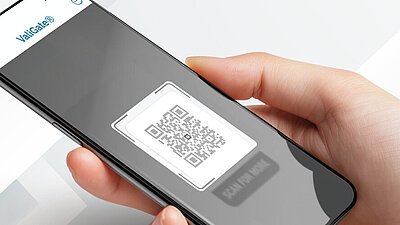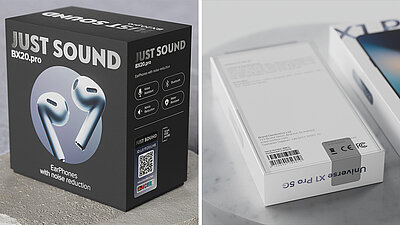Complex supply channels of counterfeits hinder combating

Counterfeits disappear in convoluted supply channels

A report from OECD and EUIPO shows the most common trade routes for counterfeits: Albania, Egypt, Morocco and Ukraine serve as the most important reloading points for shipments to the European Union (EU). Counterfeits most often enter the USA via Panama. Counterfeit products are mainly shipped to Africa via countries in the Middle East, for example the United Arab Emirates.
Two things happen at these reloading points: Firstly, the shipping documents are forged so that the origin of the shipment can no longer be determined. Secondly, the goods, which arrive in large containers, are repacked into lots of smaller packages and newly labelled. Once this has happened, it is almost impossible to find out the source of the counterfeits and plagiarisms or to punish the initiators accordingly.
So-called “buying agents” also play a role in China. As a rule, they are commissioned because a purchase abroad can cause difficulties for the buyer. Problems arise due to strict customs regulations and language barriers, amongst other things, so buying agents purchase products on behalf of their customers and take care of the international shipping. Unfortunately, this makes it possible to cover up both the purchase and delivery of counterfeits.
Support investigators and customs agents

A clear advantage for customs agents and investigators because this makes it easier to stop the circulation of counterfeits.
Ideally, these security markings are interlocked with an online verification platform. Users such as investigators, customs agents and end customers can quickly and easily verify the security markings and thus the authenticity of a product online. Each check is stored in the system together with information on the exact time and location of the verification. If there are deviations in the checked security marking, this is also saved in the system as it could possibly be a counterfeit.
When the online platform is connected to “IPM Connected”, the digital database of the World Customs Organisation (WCO), it is giving customs agents quick access to important information provided by the brand owner. Detailed market data is thus sent to the brand owner, which serves as the foundation for the communication with customs agents and the deployment of investigators. They can access precise geo-data on the suspicious product checks within the system, allowing them to check counterfeit hot spots in a targeted manner.
Interesting links on this subject
OECD/EUIPO (2017), Mapping the Real Routes of Trade in Fake Goods, OECD Publishing, Paris




